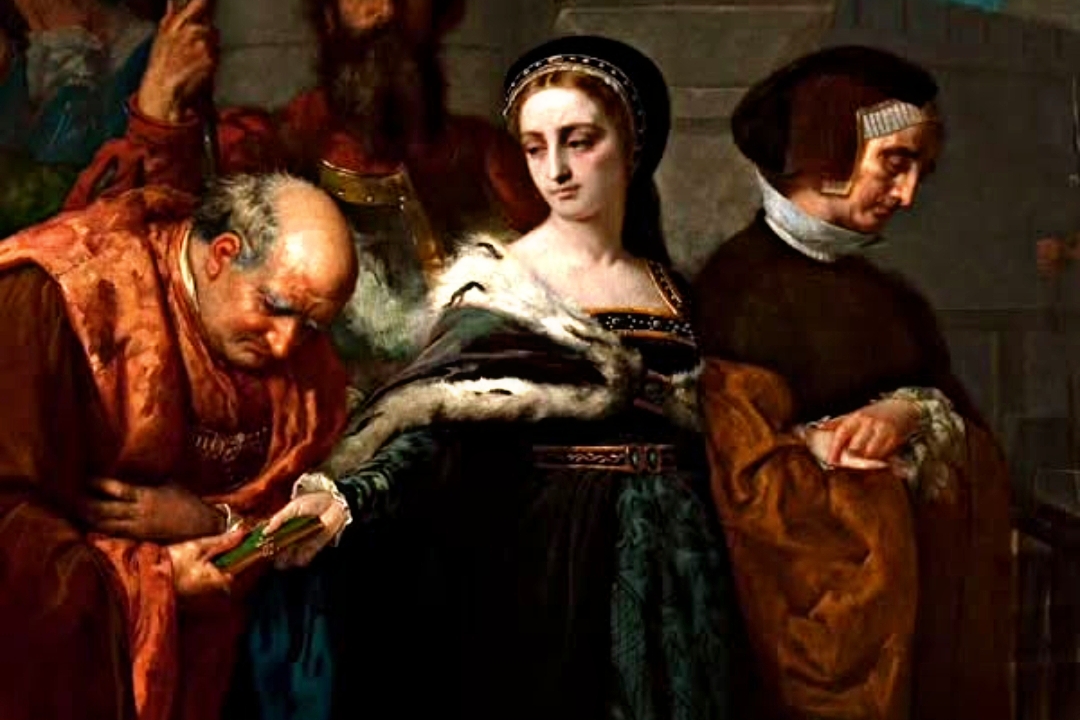Lady Jane Grey, often referred to as the “Nine-Day Queen,” holds a unique and tragic place in English history. Born into a prominent noble family and thrust onto the throne by the ambitions of others, Lady Jane Grey’s brief reign ended in a harrowing execution. Her story is one of youth, intelligence, religious conviction, and the political intrigue of Tudor England. This article delves into the life of Lady Jane Grey, exploring her rise and fall, and her lasting legacy as a symbol of innocence caught in the crossfire of power struggles.
Early Life and Education of Lady Jane Grey
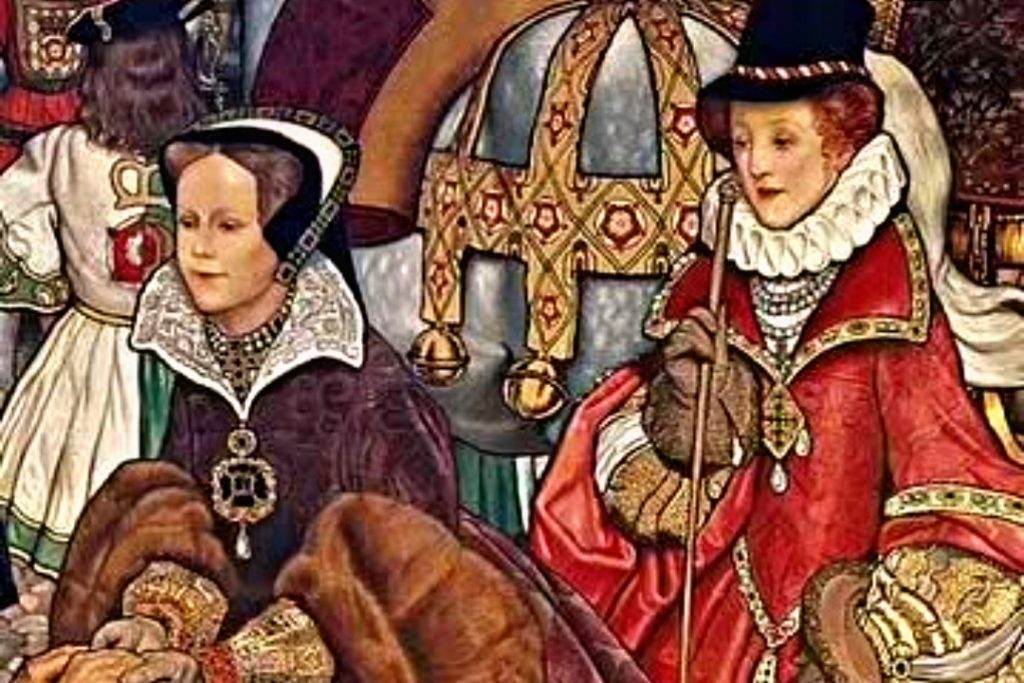
Lady Jane Grey was born in October 1537, likely at Bradgate Park in Leicestershire, to Henry Grey, the 1st Duke of Suffolk, and Lady Frances Brandon. Her mother was the niece of King Henry VIII, making Jane a member of the Tudor dynasty and a distant cousin to Edward VI, the reigning monarch during her childhood.
From a young age, Lady Jane Grey displayed remarkable intelligence and a strong affinity for learning. She received one of the finest humanist educations of her time, studying Greek, Latin, Hebrew, and theology. Her tutors included John Aylmer, a prominent Protestant scholar, who instilled in her a deep commitment to the Protestant faith.
Lady Jane Grey’s intellect and piety earned her admiration from contemporaries. The Protestant reformer Roger Ascham once praised her dedication to her studies, noting that while others her age enjoyed leisure, she devoted herself to reading Plato in Greek.
Lady Jane Grey and the Tudor Succession Crisis
Lady Jane Grey’s life took a dramatic turn in 1553, following the declining health of King Edward VI. Edward, a fervent Protestant, sought to ensure the continuation of Protestant reforms in England. However, his half-sister Mary, the next in line to the throne, was a staunch Catholic. Edward’s advisors, including John Dudley, Duke of Northumberland, devised a plan to prevent Mary from ascending the throne by altering the line of succession.
Lady Jane Grey was chosen as the figurehead for this plan. As a Protestant with royal blood, she was seen as the ideal candidate to safeguard England’s Protestant future. To solidify her claim, Jane was married to Lord Guildford Dudley, the Duke of Northumberland’s son, in May 1553.
In June 1553, King Edward VI named Lady Jane Grey as his successor in a document known as My Device for the Succession. When Edward died on July 6, 1553, Lady Jane Grey was proclaimed queen on July 10, despite significant public support for Mary Tudor.
Lady Jane Grey’s Brief Reign
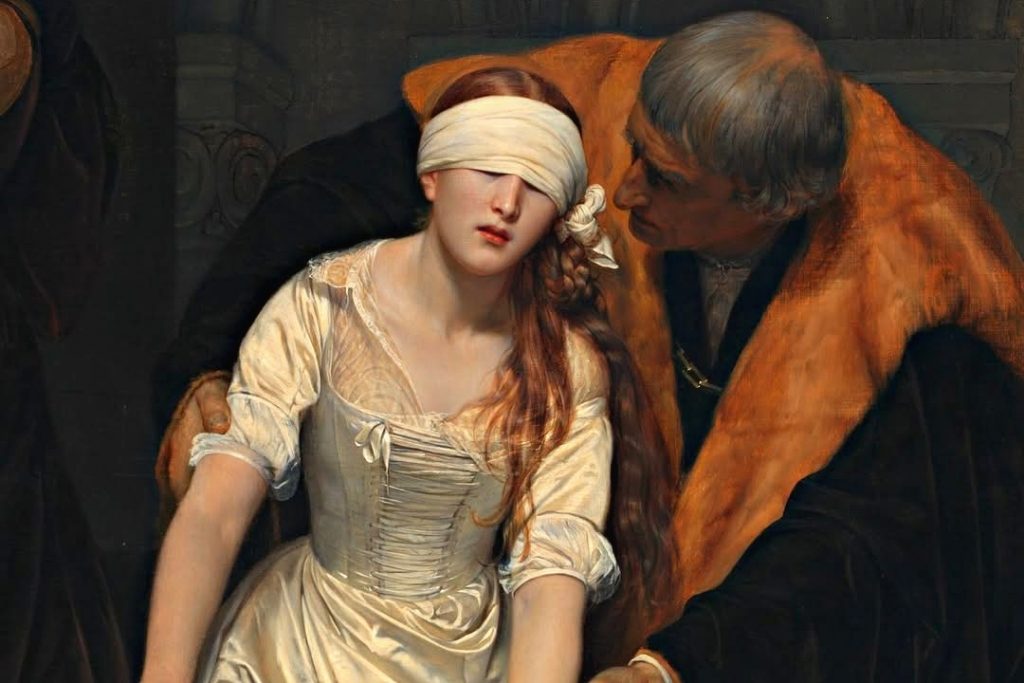
Lady Jane Grey’s time as queen was astonishingly short—just nine days. Her accession was met with widespread confusion and resistance. Mary Tudor, gathering support from across England, declared herself the rightful heir and prepared to challenge Jane’s claim to the throne.
During her brief reign, Lady Jane Grey displayed intelligence and composure beyond her years. She was, however, a reluctant monarch. Accounts suggest that she did not desire the crown and accepted it only under pressure from her family and political advisors.
Despite her personal qualities, Lady Jane Grey was unable to secure popular or political support. On July 19, 1553, Mary Tudor entered London in triumph, and Jane was deposed. Her reign officially ended that same day, earning her the title of the “Nine-Day Queen.”
Imprisonment and Trial of Lady Jane Grey
Following her deposition, Lady Jane Grey and her husband, Guildford Dudley, were imprisoned in the Tower of London. Initially, Mary Tudor showed leniency, viewing Jane as a pawn in a larger political scheme rather than a willing usurper.
However, tensions escalated in 1554 when Thomas Wyatt led a rebellion against Mary’s proposed marriage to Philip of Spain. Although Jane and her family were not directly involved, the rebellion heightened fears of Protestant plots. Mary, seeking to solidify her rule, ordered Jane and Guildford to stand trial.
In November 1553, Lady Jane Grey was convicted of treason. Despite her youth and the fact that she had acted under the influence of others, the court sentenced her to death.
Execution of Lady Jane Grey
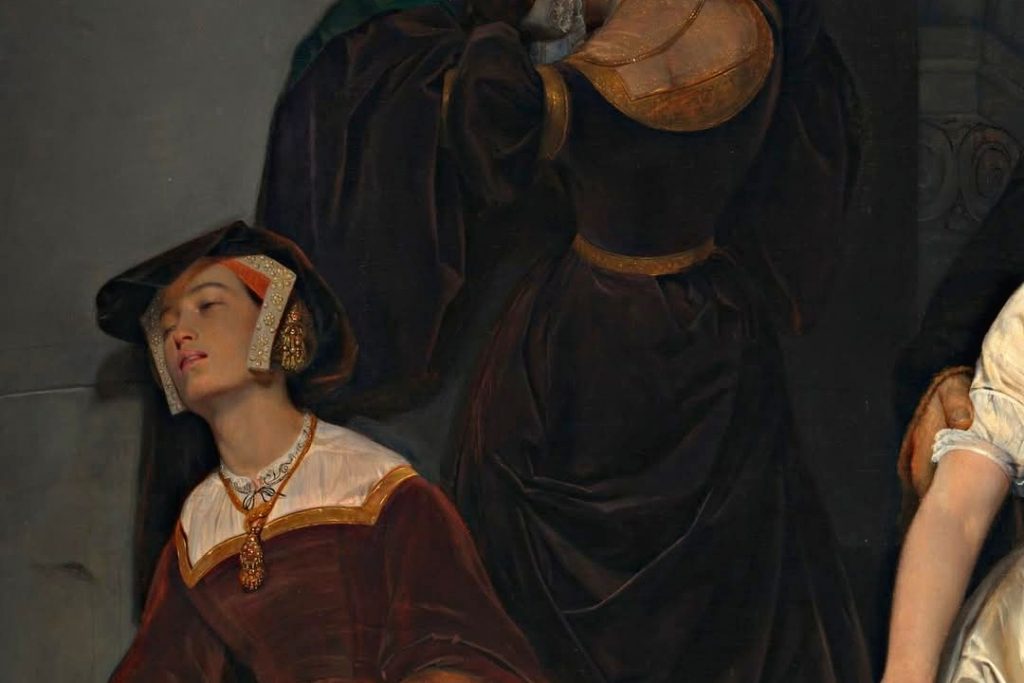
Lady Jane Grey’s execution was delayed for several months as Mary considered sparing her. Ultimately, Mary decided that Jane’s continued existence posed a threat to her reign, particularly as Protestant factions sought to use Jane as a rallying point.
On February 12, 1554, Lady Jane Grey was executed at the age of 16 or 17. She faced her death with remarkable courage, reportedly reciting Psalm 51 as she approached the scaffold. Her final words expressed her faith and her acceptance of her fate.
Guildford Dudley was executed the same day. Jane’s father, Henry Grey, was also executed shortly afterward for his involvement in Wyatt’s rebellion.
Lady Jane Grey and Edward VI
Lady Jane Grey’s relationship with Edward VI also played a significant role in her story. Both Jane and Edward were devout Protestants, raised in the humanist tradition. Their shared faith and intellectual pursuits likely fostered a mutual respect. Edward, keen to ensure Protestantism’s survival in England, viewed Jane as a natural ally.
As Edward’s health deteriorated, he became increasingly concerned about the succession. His half-sisters, Mary and Elizabeth, were the most obvious heirs, but Edward’s Protestant advisors viewed Mary, a Catholic, as a threat to the religious reforms implemented during his reign. Edward’s “Devise for the Succession” bypassed both Mary and Elizabeth in favor of Jane and her male heirs, a decision that would set the stage for the political crisis following his death.
The Role of Women in Tudor Politics
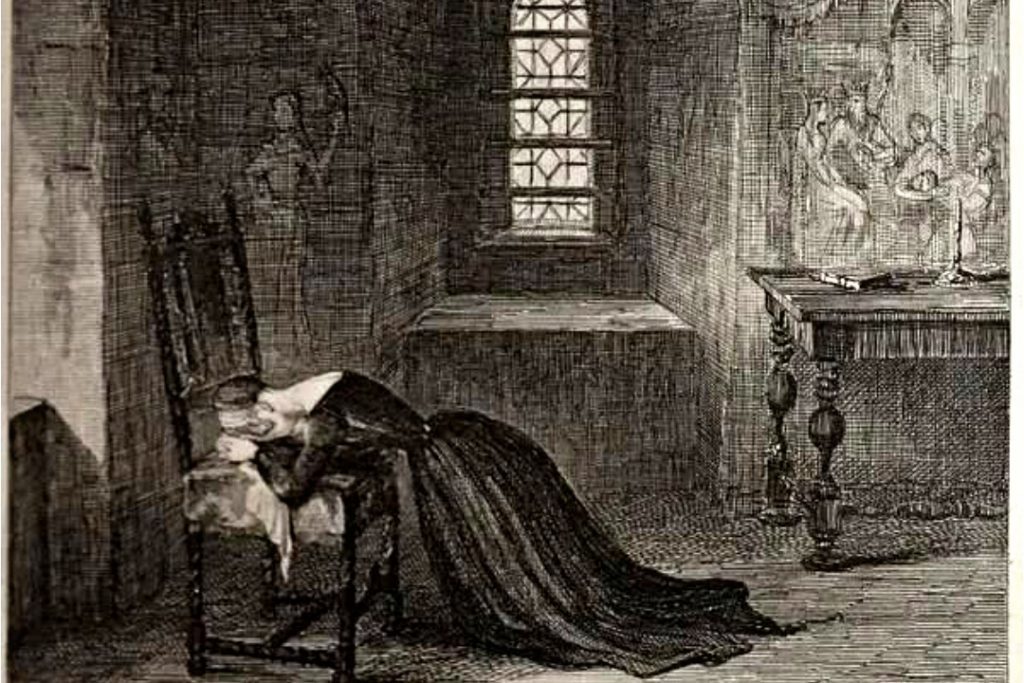
Lady Jane Grey’s story highlights the complex role of women in Tudor politics. While Tudor society was patriarchal, women of royal or noble birth often found themselves at the center of power struggles due to their roles as potential heirs, pawns in marriage alliances, or symbols of dynastic legitimacy.
Jane’s ascent to the throne was not the result of her own ambition but rather the product of a male-dominated political system that sought to use her as a tool. However, her brief reign also demonstrated her intelligence and moral fortitude, qualities that challenged contemporary stereotypes about women’s capacity for leadership.
Similarly, Mary Tudor’s successful challenge to Jane’s rule underscores the precarious balance of power and gender dynamics in the Tudor court. Mary’s determination to assert her rightful claim to the throne marked a turning point in English history, paving the way for future female monarchs like Elizabeth I.
Lady Jane Grey’s Faith and Writings
One of the most remarkable aspects of Lady Jane Grey’s life is her unwavering faith and the writings she produced during her imprisonment. These writings, including letters, prayers, and theological reflections, provide a window into her inner thoughts and demonstrate her profound intellect and conviction.
In one of her letters, Jane wrote about her belief in salvation through faith alone, a cornerstone of Protestant theology. She also engaged in a theological debate with Dr. John Feckenham, a Catholic priest sent by Mary Tudor to convert her. Jane’s ability to articulate her beliefs with clarity and confidence, even in the face of death, earned her admiration from both contemporaries and later generations.
Her final prayer, written before her execution, reflects her acceptance of her fate and her trust in divine justice. These writings have solidified her legacy as a Protestant martyr and a symbol of religious steadfastness.
Lady Jane Grey’s Legacy
Despite her brief reign, Lady Jane Grey has left an enduring legacy. Her story has been romanticized as a tale of innocence betrayed by ambition and political manipulation. Historians and writers alike have portrayed her as a martyr of the Protestant cause and a victim of the ruthless power struggles that characterized Tudor England.
Lady Jane Grey as a Protestant Icon
Lady Jane Grey’s devout Protestant faith and her tragic death made her a symbol of religious conviction. In her final days, she wrote letters and prayers that emphasized her unwavering belief in the Protestant cause. These writings, combined with accounts of her dignified behavior during her imprisonment, elevated her status as a Protestant martyr.
Cultural Depictions of Lady Jane Grey
Lady Jane Grey has been immortalized in literature, art, and film. One of the most famous depictions of her life is Paul Delaroche’s painting The Execution of Lady Jane Grey, which portrays the young queen as a figure of grace and vulnerability. Her story has also inspired numerous novels, plays, and biographies, each exploring her life from different perspectives.
Modern Interpretations
In recent years, historians have sought to reexamine Lady Jane Grey’s life, emphasizing her intelligence, agency, and the political complexities of her time. While she remains a tragic figure, modern scholarship highlights her resilience and the difficult choices she faced in an era dominated by male power and ambition.
The Tower of London and Lady Jane Grey
The Tower of London, where Lady Jane Grey was imprisoned and executed, has become a site of historical pilgrimage for those interested in her story. The tower’s architecture, coupled with its association with Tudor intrigue, provides a poignant backdrop for understanding the dramatic events of Jane’s life and death.
Conclusion
Lady Jane Grey’s life, though tragically short, remains one of the most compelling narratives in English history. Her intelligence, piety, and composure in the face of adversity have made her a symbol of youthful idealism caught in the harsh realities of political ambition.
As the “Nine-Day Queen,” Lady Jane Grey’s reign may have been brief, but her legacy endures as a testament to the complexities of power, faith, and human resilience. Her story continues to captivate and inspire, offering valuable lessons about the interplay of politics, religion, and personal integrity in a tumultuous world.

